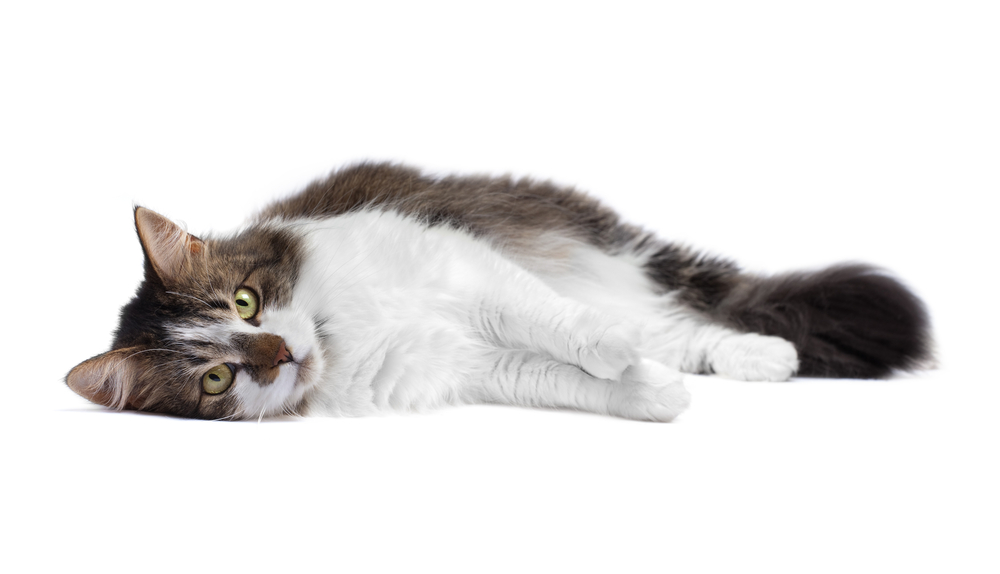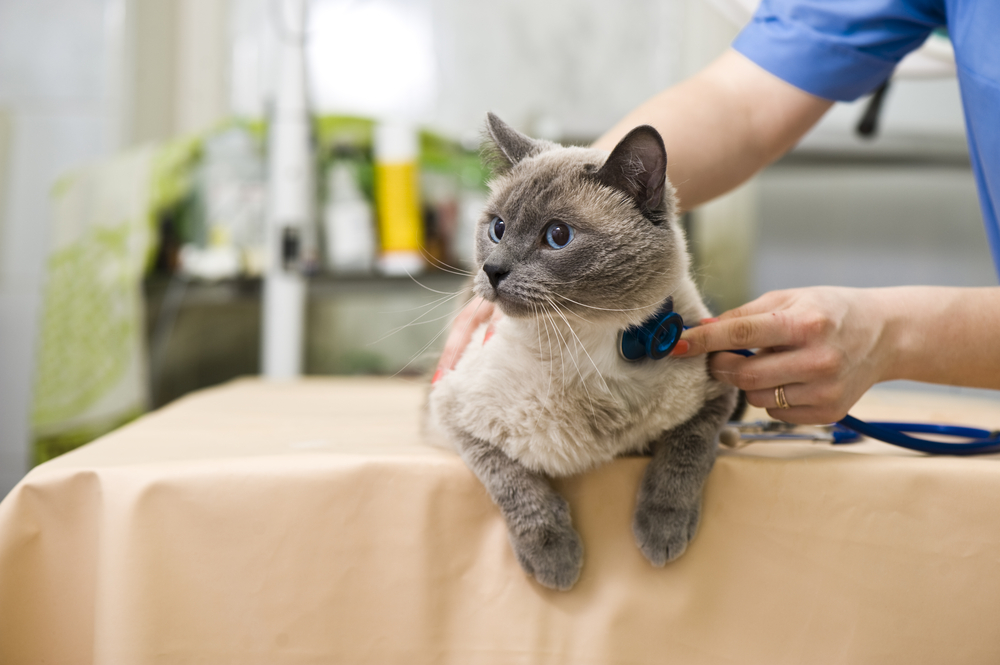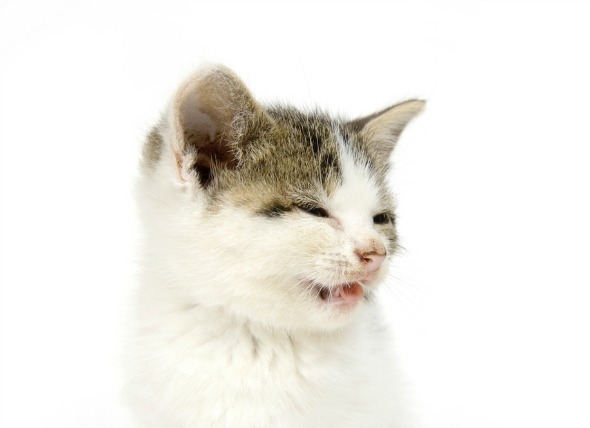

Many animals do not display any signs or symptoms of the disease. However, some will have:
The most common urinary tract stones (uroliths) are struvite and oxalate. Struvite stones are crystal-like formations that are small in size and primarily made up of magnesium, ammonium and phosphate. When cats have struvite plugs in their urethra (the tube that extends from the bladder to the outside of the body to discharge urine), they are typically comprised of larger stones and are often mixed with crystals.
The median age for urolithiasis is around seven years old and it is more common in female animals than in males. Animals that have small urethral outlets are also more prone to develop these type of obstructions. It is thought that the stones are developed following urinary tract infections, as well as when large quantities of minerals are bound to other foreign materials such as tissue, blood and other inflammatory reactants.
Sometimes a thicker bladder wall will be felt by the veterinarian; difficulty urinating and an abnormal outflow may also be diagnosed. Urine samples will be obtained by the veterinarian to examine for abnormalities. Ultrasounds are used to determine the size, shape and location of the stones for treatment options; other imaging tests may also be performed to determine if there are any other underlying medical conditions.
To remove the stones, they must either be flushed out, dissolved or removed surgically. If the stones are present in the urethra or in the tubes connecting the kidneys to the bladder (uterers), they cannot be dissolved and will need to be physically removed. Antibiotics are often prescribed to help with inflammation and to prevent infection.
In some cases, diet therapy is recommended to dissolve the stones and to prevent them. If this is the case, treats and snacks should be avoided. Some canned foods can also assist in the prevention of new stones. Stones may take anywhere from two weeks and up to five months to completely dissolve.
If an animal is predisposed to urolithiasis, special foods and dietary management can be effective at preventing stone formation.
 Estrus Symptoms after Spaying in Cats
Ovarian Remnant Syndrome in Cats
An ovariohystere
Estrus Symptoms after Spaying in Cats
Ovarian Remnant Syndrome in Cats
An ovariohystere
 Why Do House Cats Fight?
Why Do House Cats Fight?
Why Do House
Why Do House Cats Fight?
Why Do House Cats Fight?
Why Do House
 Pyruvate Kinase Deficiency in Cats
A deficiency in the enzyme Pyruvate Kinase (PK) i
Pyruvate Kinase Deficiency in Cats
A deficiency in the enzyme Pyruvate Kinase (PK) i
 Bleeding Under the Skin of Cats
Petechia, Ecchymosis, and Bruising in Cats
Bruisi
Bleeding Under the Skin of Cats
Petechia, Ecchymosis, and Bruising in Cats
Bruisi
 Sneezing, Reverse Sneezing, and Gagging in Cats
Sneezing refers to the normal reflexive behavior
Sneezing, Reverse Sneezing, and Gagging in Cats
Sneezing refers to the normal reflexive behavior
Copyright © 2005-2016 Pet Information All Rights Reserved
Contact us: www162date@outlook.com